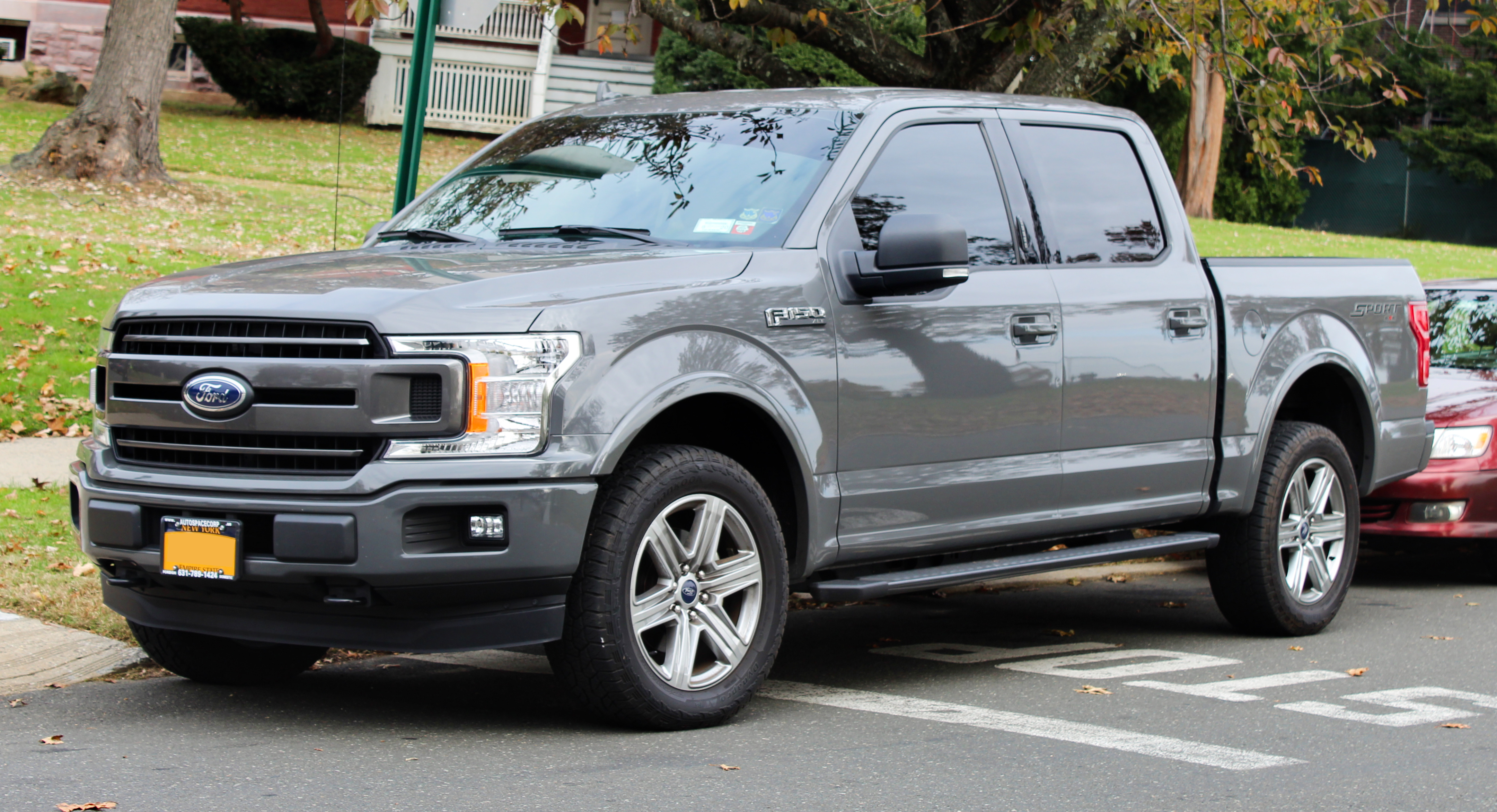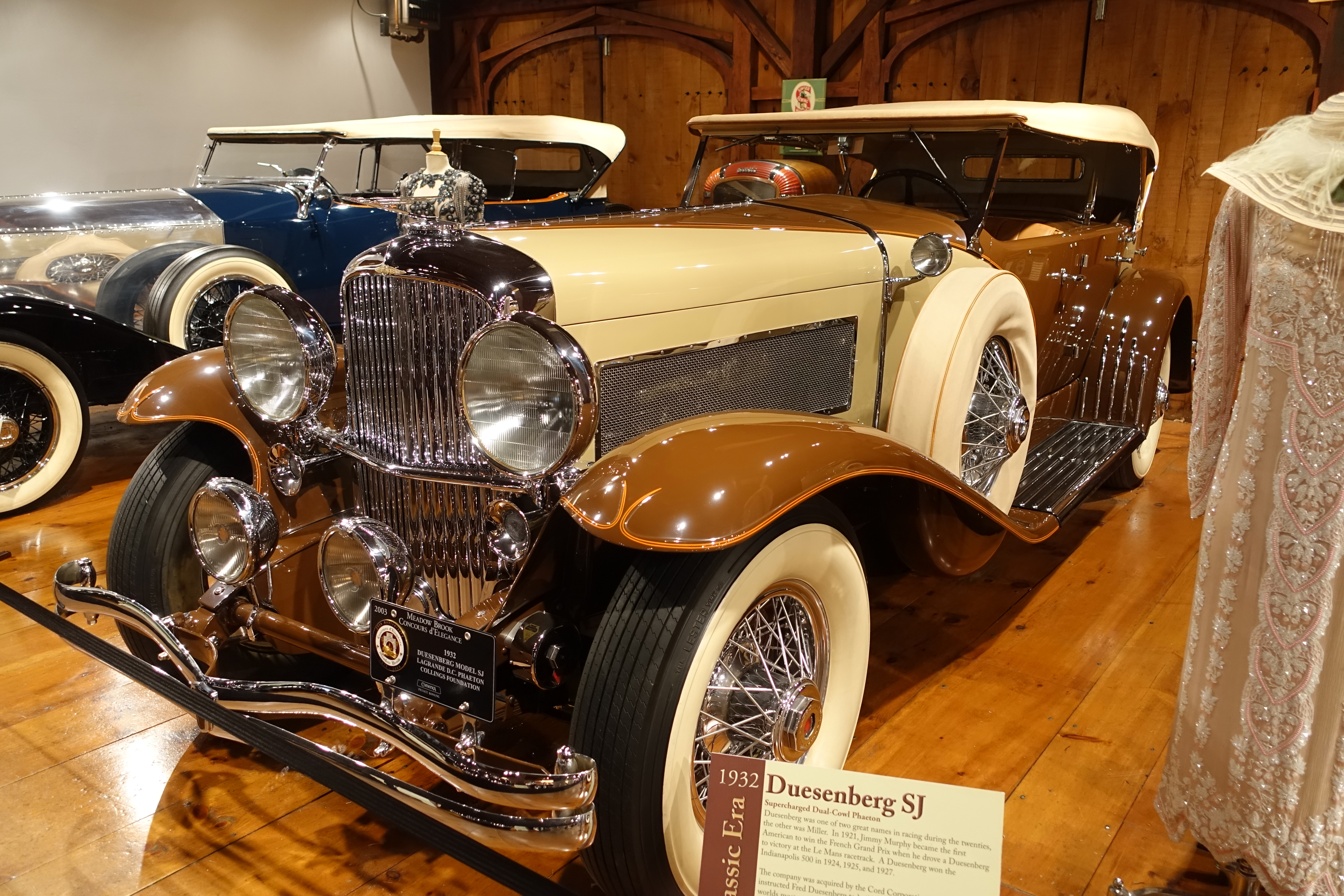Ford’s Great Hits: The 16 Cars That Defined American Automotive Culture

The history of automobiles in America is deeply intertwined with the legacy of Ford Motor Company. Founded by Henry Ford, the company revolutionized not just the automotive industry but also American culture. As the creator of the Model T, Ford introduced the concept of mass production to the automobile market, forever changing how cars were made and sold. The Model T was more than just a car; it was a vehicle of change that made automobiles accessible to the average American. With its simplicity and affordability, it paved the way for the rise of a car-centric society. This iconic vehicle showcased the ingenuity of American engineering and set the standard for future automobiles. Additionally, Ford’s innovative use of the assembly line allowed for increased efficiency and lower costs, making ownership feasible for millions.

As time progressed, Ford continued to shape automotive history with models that have become cultural icons. The Ford F-150, introduced in 1948, epitomizes the spirit of the American pickup truck, known for its ruggedness and versatility. It has maintained its status as America’s best-selling vehicle for decades, demonstrating the enduring appeal of practicality over the years. The F-150’s ability to adapt to the evolving demands of consumers speaks to Ford’s commitment to innovation and quality.

Next, let’s take a look at one of the most celebrated muscle cars: the Ford Mustang. Debuting in 1964, the Mustang created a new genre—the pony car—combining style, affordability, and performance into a single package. Its iconic design and powerful performance quickly made it a favorite among car enthusiasts. The Mustang’s cultural significance is amplified by its presence in films, music, and art, showcasing the freedom and excitement associated with driving.

The Ford Explorer, introduced in 1990, brought a new wave of popularity to SUVs. Its combination of off-road capability and family-friendly features appealed to a broad audience. The Explorer marked the shift in American automotive culture toward larger vehicles that provided both utility and comfort, allowing families to explore the great outdoors in style.

Innovation has always been at the forefront of Ford’s philosophy. The introduction of the Ford Fusion in 2005 showcased the company’s commitment to hybrid technology. Combining efficiency with a sleek design, the Fusion was one of the first vehicles to mainstream eco-friendly technology without sacrificing performance. This marked an important step in Ford’s journey toward creating sustainable solutions in the automotive industry.

The Ford Explorer Sport Trac and Ford Edge have also played significant roles in shaping consumer expectations in the SUV segment. The Explorer Sport Trac, introduced in 2001, effectively blended the capabilities of a pickup truck with the comfort of an SUV, appealing to those seeking versatility in their vehicles. Meanwhile, the Ford Edge, with its stylish design and advanced technology, has become synonymous with modern driving experiences, featuring an array of tech-savvy amenities that enhance both safety and enjoyment.

Another noteworthy mention is the Ford GT, a supercar that symbolizes performance and engineering excellence. This model not only pays homage to Ford’s racing heritage but also showcases cutting-edge technology and design, making it a standout in the high-performance category. The GT’s powerful engine and sleek design have captivated automotive enthusiasts and collectors alike.

Finally, the Ford Bronco deserves a special mention. After decades of hiatus, it made a triumphant return in 2020, emphasizing ruggedness and adventure. This model has become a symbol of freedom and outdoor exploration, embodying the adventurous spirit inherent in American culture. The Bronco’s revival was met with excitement and nostalgia, proving that great automotive legends can always make a comeback.

The influence of Ford on American automotive culture is profound and multifaceted. From the revolutionary Model T to the exciting Mustang and beyond, Ford has shaped not only the vehicles we drive but also the very fabric of American life. As we celebrate these iconic models, we honor the innovative spirit and dedication that Ford has brought to the automotive industry for over a century.

**Ford Model 18 (1932)**: The Ford Model 18, launched in 1932, marked a significant milestone as the first mass-market car in the world to feature a V-8 engine. This innovation created a paradigm that continues to influence American cars today. Its powerful performance earned it a cult following, especially in the 1930s, as the model became a favorite among those seeking speed and style. The ’32 Ford became synonymous with the hot rod movement, with its affordable and plentiful V-8 engines fueling a generation of automotive enthusiasts. The Model 18’s iconic status is cemented in pop culture, echoing the excitement of the era and its lasting impact on American automotive design.

**Duesenberg Model SJ (1932)**: In stark contrast to the Model 18, the Duesenberg Model SJ represented the pinnacle of luxury and performance in the 1930s. With a hand-built design and a supercharged straight-eight engine, the Model SJ was the epitome of a high-performance supercar. Capable of extraordinary speeds, it was a favorite among Hollywood’s elite, with celebrities like Gary Cooper and Clark Gable taking ownership of these masterpieces. The Duesenberg SJ not only captured the imagination of car enthusiasts but also defined an era of opulence and engineering prowess that still resonates in today’s luxury car market.

**Jeep Wrangler (1986)**: The Jeep Wrangler is an enduring symbol of American ruggedness and adventure. Known for its exceptional off-road capabilities and iconic design, the Wrangler has become synonymous with exploration and freedom. Its distinctive styling, with removable doors and a fold-down windshield, captures the spirit of outdoor adventure. As a versatile vehicle, the Wrangler has gained a loyal following among off-road enthusiasts and casual drivers alike. Its ability to tackle challenging terrains while offering everyday usability ensures its status as a beloved staple in American automotive culture.

**Dodge Charger (1966)**: The Dodge Charger, introduced in 1966, stands as a testament to American muscle and performance. With its bold design and powerful engine options, the Charger quickly garnered a reputation for speed and excitement. Its presence in popular culture, especially in movies and television, has solidified its status as an iconic muscle car. The Charger’s blend of power, performance, and unmistakable style continues to captivate car enthusiasts, making it a true emblem of American automotive ingenuity.

**Chevrolet Bel Air (1950)**: The Chevrolet Bel Air is often heralded as a quintessential classic American car. Its striking design, complete with chrome accents and distinctive tailfins, exemplifies the aesthetic of the 1950s. Beyond its visual appeal, the Bel Air offered a luxurious experience with comfortable interiors and innovative features for the time. As a symbol of post-war prosperity, the Bel Air represents an era of American optimism and style, making it a timeless classic cherished by collectors and enthusiasts.

**Cadillac Eldorado (1953)**: The Cadillac Eldorado epitomizes American luxury and sophistication. Introduced in 1953, this grand vehicle combined extravagant design with advanced engineering. With its sleek lines and plush interiors, the Eldorado set the standard for luxury automobiles. The Eldorado’s powerful engines and seamless driving experience solidified its status as a high-end choice among discerning drivers. As a representation of American opulence, the Cadillac Eldorado remains an enduring symbol of luxury automotive craftsmanship.

**Ford Mustang (1964)**: The Ford Mustang holds a historic place as a pioneer of the pony car genre, captivating car lovers since its debut in 1964. Its blend of style, performance, and affordability created a new class of vehicles that appealed to a younger generation. With its aggressive styling and range of powerful engines, the Mustang has remained a favorite among enthusiasts. Its cultural impact is undeniable, appearing in numerous films and songs that celebrate the freedom and excitement of driving. The Mustang continues to evolve while maintaining its classic allure, ensuring its legacy in American automotive history.

**Chevrolet Corvette (1953)**: Since its introduction in 1953, the Chevrolet Corvette has become a symbol of American sports car excellence. With its stunning design and high-performance capabilities, the Corvette offers an exhilarating driving experience. Over the decades, the Corvette has evolved, pushing the limits of speed and technology. Its status as a cultural icon is reinforced by its racing heritage and continuous innovation, making it a beloved choice among car enthusiasts and a proud representation of American engineering.

As we reflect on these remarkable vehicles, it becomes clear that cars are not just machines; they are integral to the fabric of American culture. Each of these iconic models has left an indelible mark on society, representing the innovation, creativity, and spirit of adventure that define the American automotive landscape. From the rugged Jeep Wrangler to the luxurious Cadillac Eldorado, these cars tell stories of dreams, freedom, and the journey that continues to shape the automotive world today.
Related posts:
Top 10 Greatest American Cars of All Time
The 10 Most Influential Cars Of All Time
Discover more from Auto Travel World
Subscribe to get the latest posts sent to your email.












